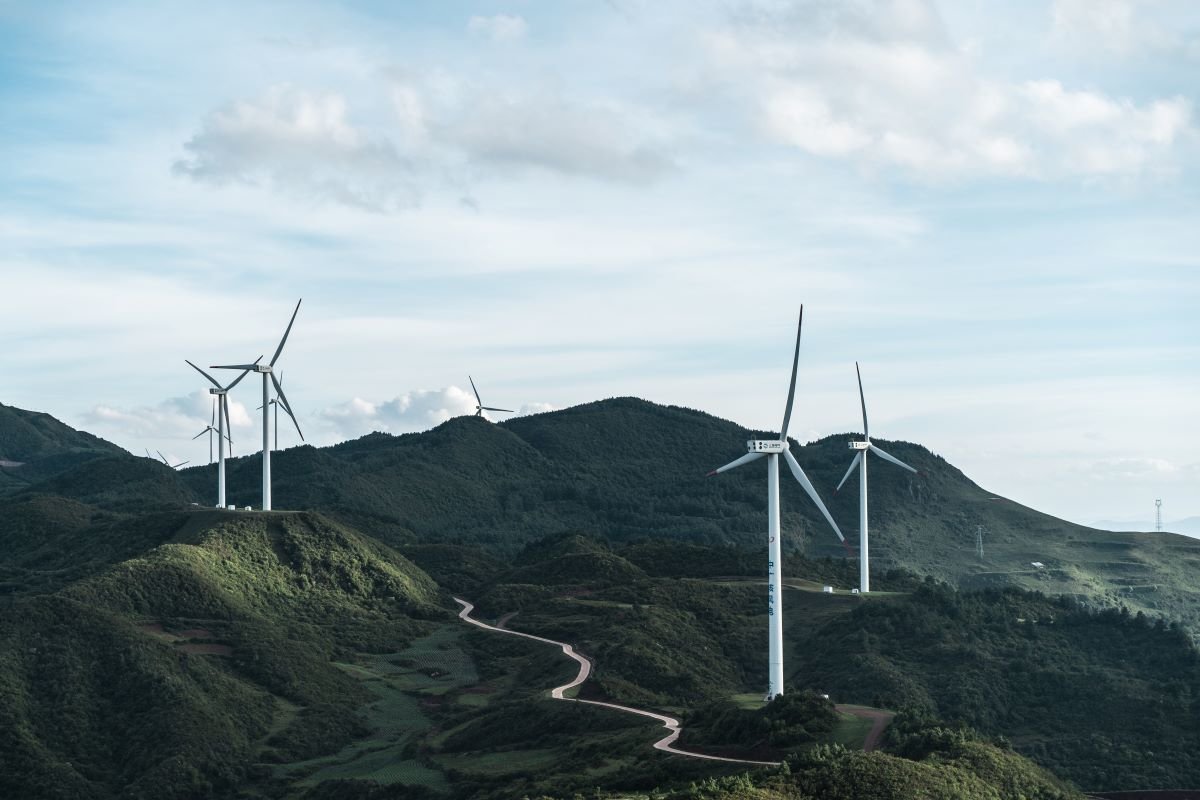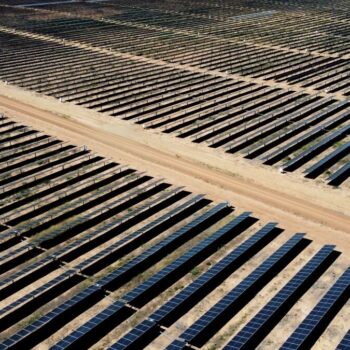The International Energy Agency (IEA) launches its first net zero energy scenario.
Experts from think tank E3G say report is a ‘turning point for the global gas industry’, ‘a radical transformation of industrial sectors globally’, and ahead of the G7 ‘Germany, Japan, and the US need to accelerate their transition from coal to clean energy’
Story
On 18 May, the International Energy Agency (IEA) launches its first net-zero energy scenario, an essential guide for decision makers assessing investment risks and developing energy strategies.
Civil society organisations have long called on the IEA to ensure a net zero scenario is front and centre of the annual IEA publication. Until now, IEA scenarios have not stretched beyond 2040 and have fallen short of a pathway to achieve net-zero emissions by mid-century.
The release follows COP26 President Designate Alok Sharma’s speech on Friday, highlighting the importance of ending coal-fired power generation to achieving 1.5°C. It also falls in the same week as G7 climate and environment ministerial on Thursday and Friday, in which Ministers are expected to discuss how the G7 can demonstrate leadership at home and internationally in ending the construction and international financing of new coal-fired power plants, and rapidly retiring existing fleets.
Quote
Claire Healy, Director of E3G’s Washington office and diplomacy expert said,
“With this, the IEA is making a bid to become a key player in supporting deep decarbonisation across the globe. The field is getting crowded. To be on the cutting edge of deep decarbonisation scenarios demands a sustained and consistent commitment to science and transparency.”
Maria Pastukhova, Senior Policy Advisor on Energy Diplomacy at E3G said,
“The IEA report represents a turning point for the global gas industry. A continuous expansion trajectory is no longer plausible, instead this report is charting the exit pathways of some parts of the gas value chain already, in particular the upstream.
“While not as outspoken on other sectors, this report precludes gas as a “bridge fuel” in the power sector – both for industrialized and (most of) developing countries. With projected massive shifts in energy systems and investment flows away from gas, this should be a wakeup call to investors around the globe.”
Johanna Lehne, Senior Policy Advisor on Industrial Decarbonisation at E3G said,
“The report presents a radical transformation of industrial sectors globally. It shows steel, cement and chemicals sectors powering past coal towards electrification, material efficiency and breakthrough clean technologies – with CCUS playing a smaller role than previously foreseen.
“There is a clear call to action here for policymakers, particularly in advanced economies to make this vision a reality. They will need to push forward with concerted policy efforts and ramp up Research, Design and Development investment to bring down the costs of key technologies globally.”
Leo Roberts, Coal Transition expert at E3G said,
“It’s great to see the IEA report echoing COP26 President Designate Sharma’s comments on Friday that the OECD must end coal use by 2030, and the rest of the world by 2040.
“We expect coal phase-out to feature in the G7 Climate and Environment Ministerial taking place later this week, and in June’s G7 Leaders’ Summit. The good news is that 59% of G7 operating coal capacity is already heading for retirement by 2030. But Germany, Japan, and the US need to accelerate their transition from coal to clean energy and deliver on the Paris Agreement.
“Together, the G7 must put an end to international coal finance and instead catalyse the retirement of coal power plants around the world.”
Pieter de Pous, European Coal Transition Lead at E3G said,
“A fossil free power system by 2035, with coal out by 2030, is now the benchmark against which EU climate and energy plans, ‘Fit for 55’ will be measured against. Hitting this benchmark will be critical for the EU if it is to persuade other major economies including from the G20 to up their ambition.”
Available for comment
Maria Pastukhova is available for commentary – please contact them directly:
+49 (0) 157 779 19558 3 | maria.pastukhova@e3g.org
Johanna Lehne is available for commentary – please contact them directly:
+44 (0) 770 848 6383 | johanna.lehne@e3g.org
Leo Roberts is available for commentary – please contact them directly:
+44 (0) 790 866 4334 | leo.roberts@e3g.org


